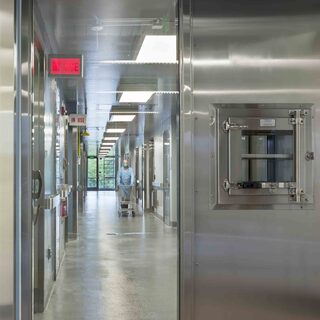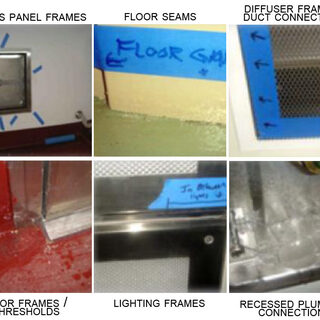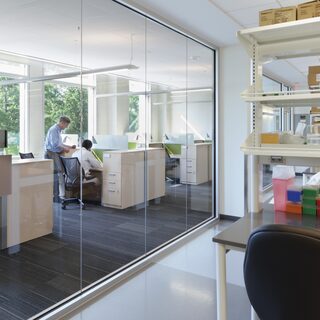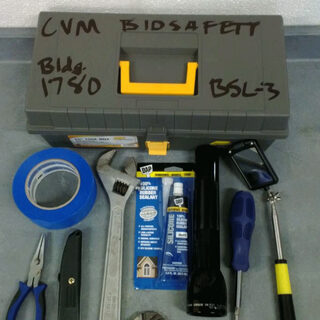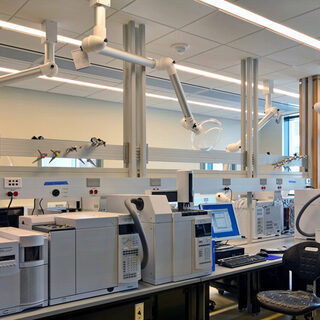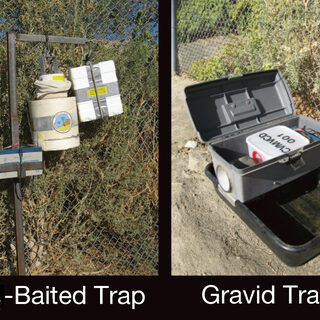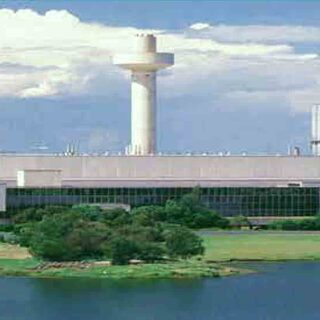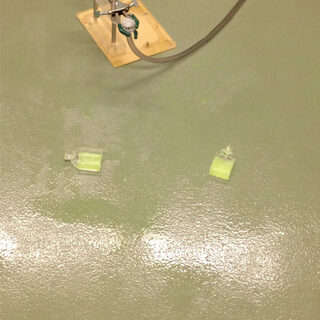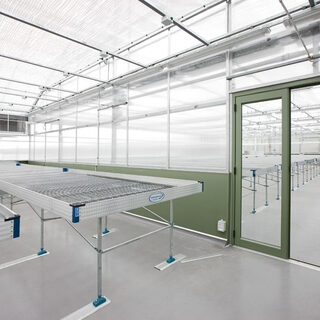JC Wilt Infectious Diseases Research Centre Opens in Winnipeg
The Public Health Agency of Canada opened the 60,000-sf JC Wilt Infectious Diseases Centre in February of 2014 in Winnipeg. Designed by Smith Carter, the facility provides advanced laboratories for infectious diseases research, diagnostic testing, and early stage vaccine development. Housing up to 200 employees, the Centre includes a training area for biocontainment laboratory operations. The facility will also support research on HIV/AIDS and antimicrobial resistant organisms.


